Population and Social Characteristics
These Inventions Haven't Changed Since Your Grandparents Were in Diapers

Published:

Though we rarely consider it, everyday objects that we use every day are so perfectly designed that they haven’t changed much at all since our grandparents were in diapers. Though technological advances have created substantial changes in how we interact with media and each other, when it comes to utility many inventions that we take for granted help us glide through life with relative ease. Continue reading to discover which objects that you use daily haven’t changed much since Memaw and Pepaw were crawling around on the dirt floor. Our list is presented from oldest to newest.
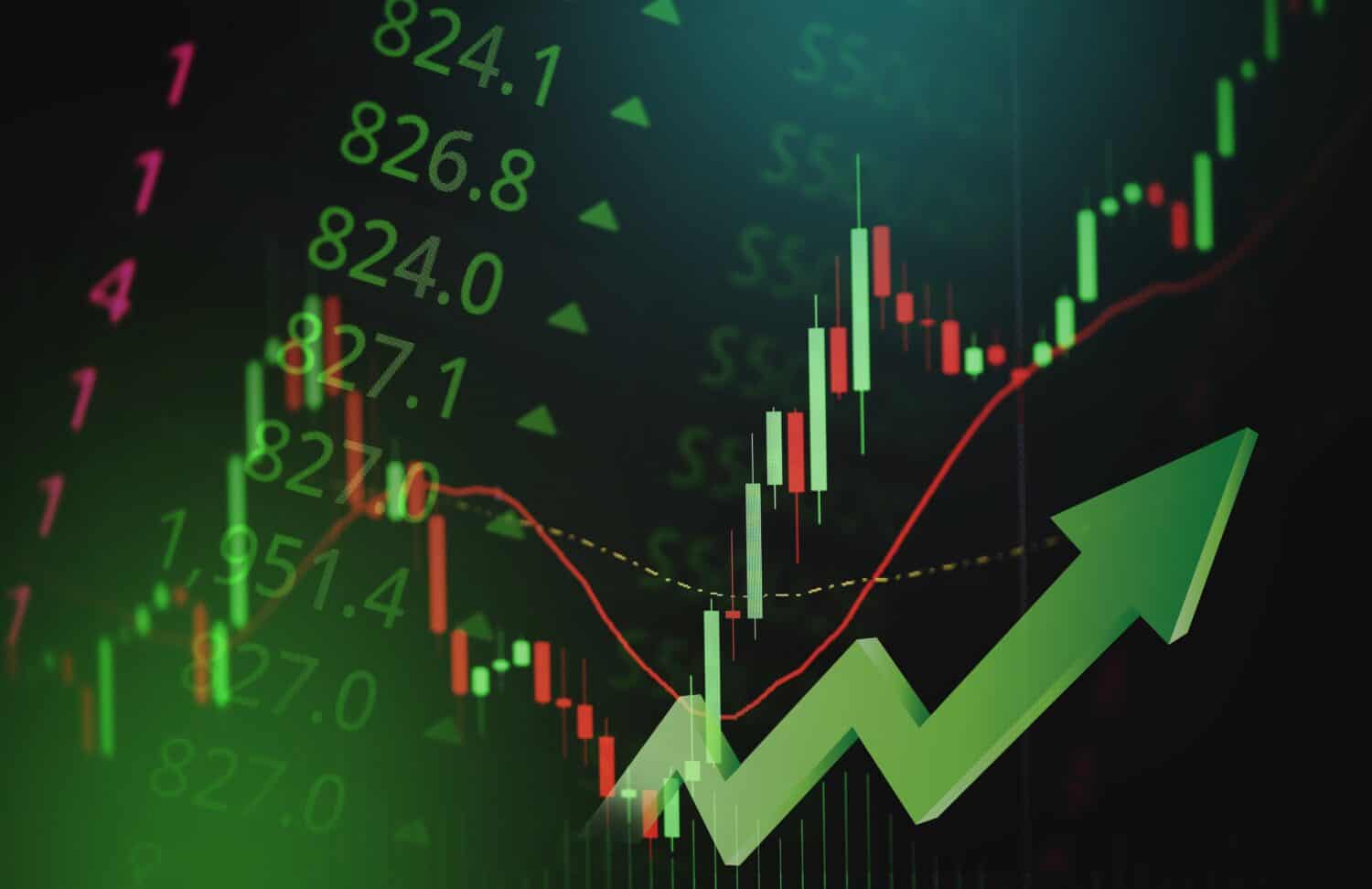
Inventions that have stood the test of time have the potential to provide investors with the requisite durability required for long-term investments. Estblished brands carry less risk and higher returns. Inventions of utility, in which our list is strong, to evolve, continuing to meet consumers’ needs.

Next to fingers, spoons are the oldest recorded eating instruments, dating back over several millennia. Two-pronged forks appeared much later during the Bronze Age, 2400-1900 B.C. Since then, modifications have been made to our cutlery, but for the most part, ornate sterling silver and stainless steel eating utensils haven’t changed much in over 100 years.
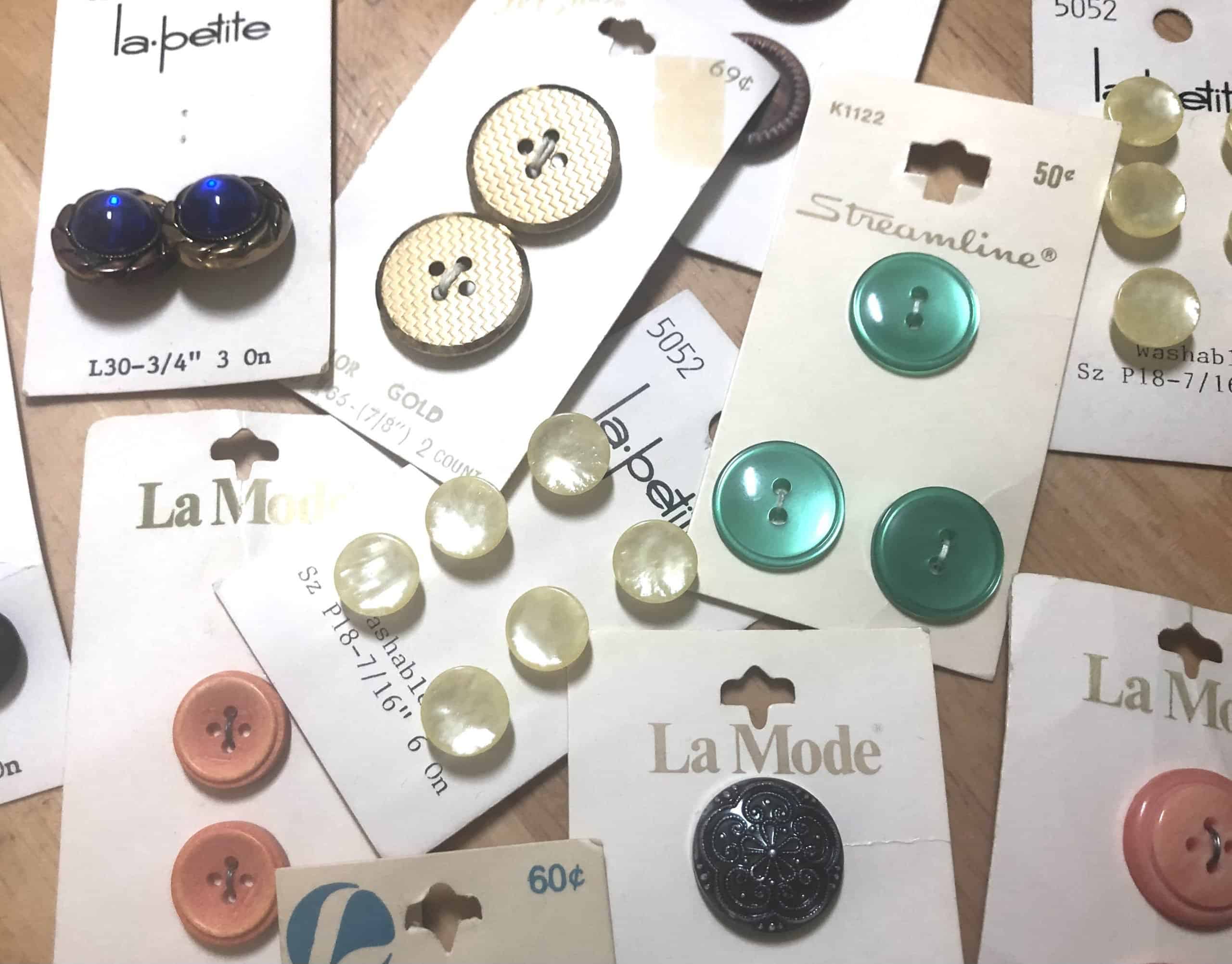
Originally crafted from shells, rocks, and wood, buttons were objects of status. In the interim, buttons have found their way into our everyday lives. Of all the items on our list, the humble button is possibly one of the most overlooked. Think about it. When was the last time you buttoned a button? Yeah.
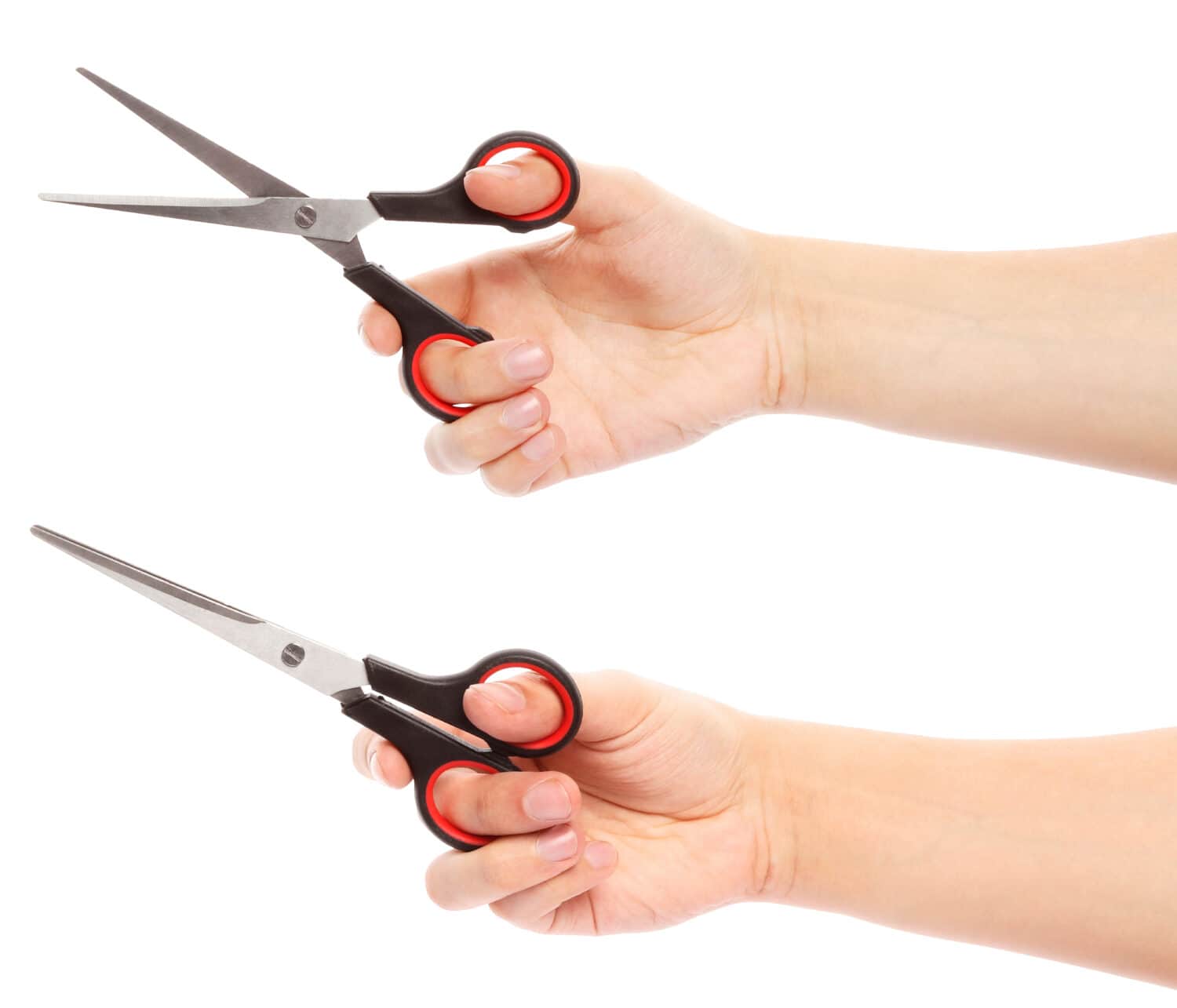
To be fair, Hinchliffe was borrowing heavily from earlier scissor incarnations, as scissors have been around in more crude, but equally useful, forms since circa 8000 B.C. The scissors you are using today are unchanged from Hinchliffe’s design, However, newer materials like plastic and titanium have replaced the original all-steel construction of the original pair. And if you know what’s good for you, you will leave your mama’s good kitchen shears alone
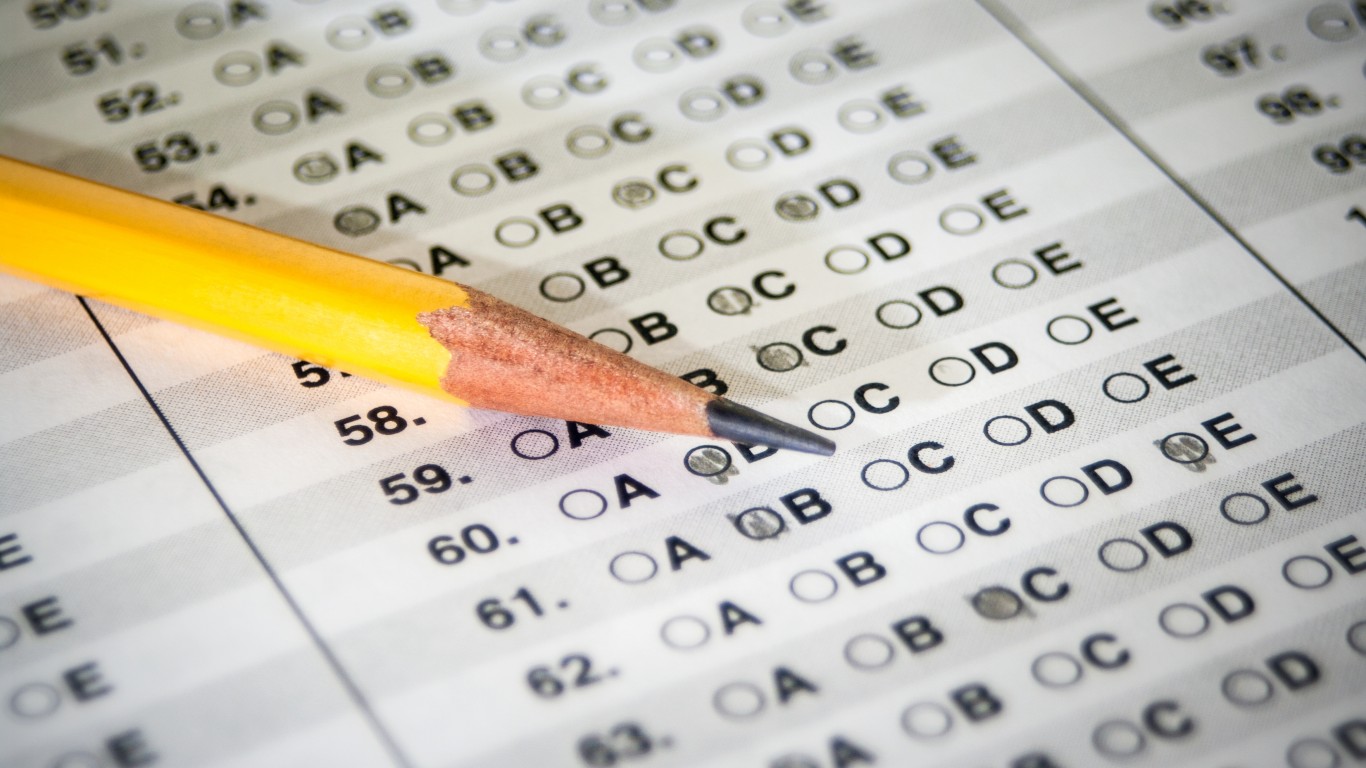
Created in 1812, the first American wood pencils were, though mass production of said began after the American Civil War. The composition has changed very little in the intervening years. Originally pencils contained lead, but by the mid-19th century, the lead had been replaced with the graphite that is still in use today.

Walter Hunt sold the patent of his invention for $400.00 in 1849, equivalent to $16,000.00 in 2024. Not such a bad deal, if you don’t factor in the money he could have made! The safety pin is a versatile tool. Perfect for a quick wardrobe fix, or a McGyver-grade emergency, safety pins will be there for you when you need them most.

Gayetty sold his medicated paper for the water closet in packages of 500 sheets. The Scott Paper Company was the first marketer of the perforated paper squares on a roll a few years later in 1890. These days toilet paper is losing popularity as bidets become more mainstream – pun intended.

McGill was granted a patent for what he referred to as small bendable paper fasteners. In the 158 years since the modern-day stapler has changed very little. Though electric versions are available, they’re apt to jam more often than Mr. McGill’s spring-loaded design!

Waxed or wax paper is but one of Thomas Edison’s many inventions. Made from infusing tissue paper with food-grade paraffin, wax(ed) paper is a precursor to today’s plastic wrap. Principally used to cover food to keep it fresh, The J.R. Reynolds company made it a houeshold staple beginning in 1927.

Though humans have been fanning themselves forever, the first electric box fans weren’t invented until after the American Civil War! The first box fans were crafted from wood (the box) and metal (blades and mechanical components). Since then, fresher, safer materials (like plastic blades) have become the standard, but the basic design has stayed the same.

Before the invention of aluminum foil on a roll, tin foil was all the rage. However, aluminum is lighter and more pliable than tin, and the rest, as they say, is history. Though some older folk continue to refer to the silver covering as tin foil, like the codetalkers of yore, they are on the wane.

Originally designed for restaurant use, Strite’s invention revolutionized toast making! Prior to the pop-up toaster, bread was toasted over open flames or in large ovens. The pop-up toaster allowed for less guesswork, and fresher toast for the masses!
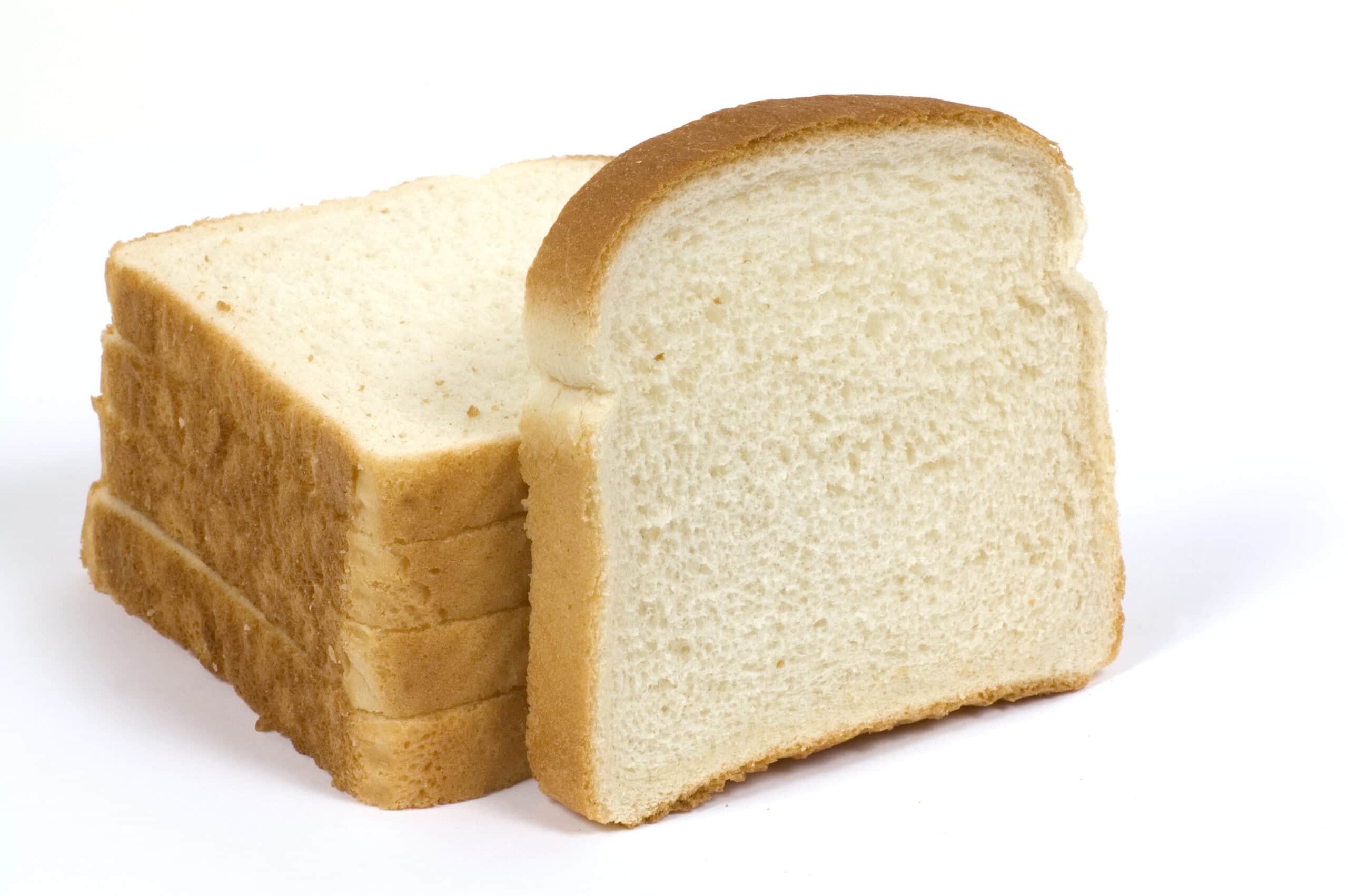
It’s hard to believe that sliced bread is a youngster at 96 years old! Like codetalkers and people who say tin foil, those who suggest that this or that is the best invention since sliced bread are a dying breed. But, by golly, sliced bread is a time saver! And the perfect complement to the popup toaster!
The thought of burdening your family with a financial disaster is most Americans’ nightmare. However, recent studies show that over 100 million Americans still don’t have proper life insurance in the event they pass away.
Life insurance can bring peace of mind – ensuring your loved ones are safeguarded against unforeseen expenses and debts. With premiums often lower than expected and a variety of plans tailored to different life stages and health conditions, securing a policy is more accessible than ever.
A quick, no-obligation quote can provide valuable insight into what’s available and what might best suit your family’s needs. Life insurance is a simple step you can take today to help secure peace of mind for your loved ones tomorrow.
Click here to learn how to get a quote in just a few minutes.
Thank you for reading! Have some feedback for us?
Contact the 24/7 Wall St. editorial team.